The Ultimate WooCommerce SEO Guide: Elevate Your Store’s Visibility

Are you looking to improve your WooCommerce SEO but need help determining where to begin? SEO for your eCommerce store is like having virtual promoters stationed on every corner of the internet, directing customers to your shop. Effective SEO strategies ensure potential customers can find your products easily on search engines like Google, driving traffic and boosting sales.
With years of experience in WooCommerce and SEO, we understand e-commerce store owners face unique challenges. That’s why we’ve developed this comprehensive guide to help you master WooCommerce SEO, regardless of your technical background.
By optimizing product pages, categories, and website structure, you can improve your site’s ranking for relevant search terms, attract a wider audience, and grow your business sustainably through increased organic traffic.
What Is WooCommerce?
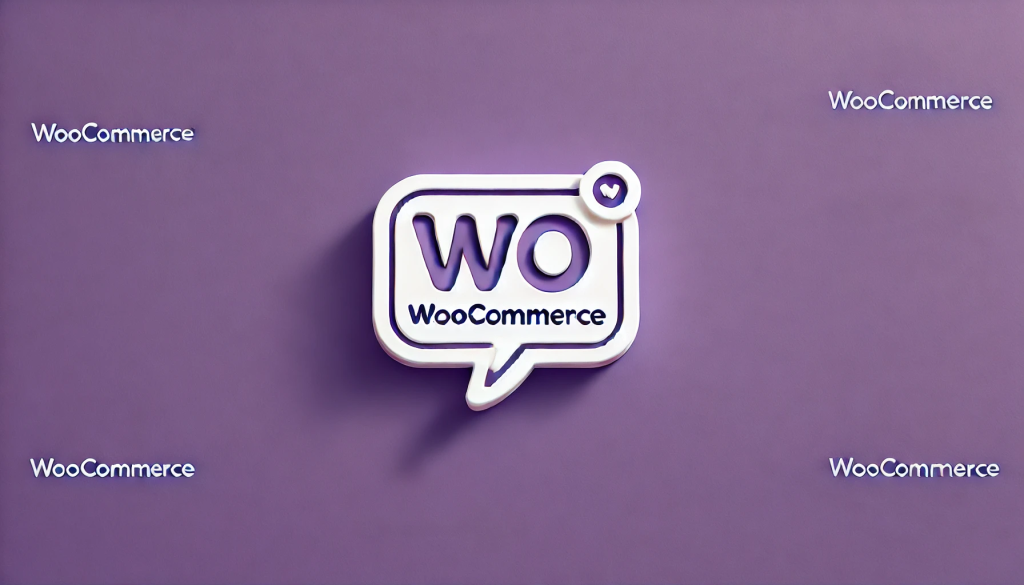
WooCommerce is an open-source eCommerce plugin designed for WordPress. It allows you to use WordPress’s powerful content management system (CMS) and customize your store completely. Whether you’re creating themes, adding products, or customizing product descriptions, WooCommerce offers flexibility and control.
If you’re starting an online store, you might wonder: How does WooCommerce compare to Shopify, and is WooCommerce SEO-friendly?
We’ve created a detailed comparison between WooCommerce and Shopify to help you choose the best platform.

Is WooCommerce SEO Friendly?
Yes! WooCommerce is SEO-friendly right out of the box. As a WordPress plugin, it benefits from WordPress’s standard-compliant structure, which is inherently good for SEO. However, using the proper techniques and plugins, you can enhance your store’s SEO.
Once your store is set up, SEO becomes an ongoing process. You’ll need to optimize your themes, products, product descriptions consistently, and images to see steady growth in search engine traffic and sales.
Now, let’s walk through the steps to deploy a highly effective WooCommerce SEO strategy.
1. Optimize Your WordPress SEO Setup

Since WooCommerce is a WordPress plugin, you’ll want to ensure your overall WordPress SEO setup is robust before moving on to WooCommerce-specific tweaks. Install a comprehensive SEO plugin like All in One SEO (AIOSEO).
AIO SEO helps you set up key SEO elements such as XML sitemaps, product SEO fields, rich snippets, and social media integration. This will serve as the foundation for your WooCommerce SEO.
2. Write SEO-Friendly Product Titles
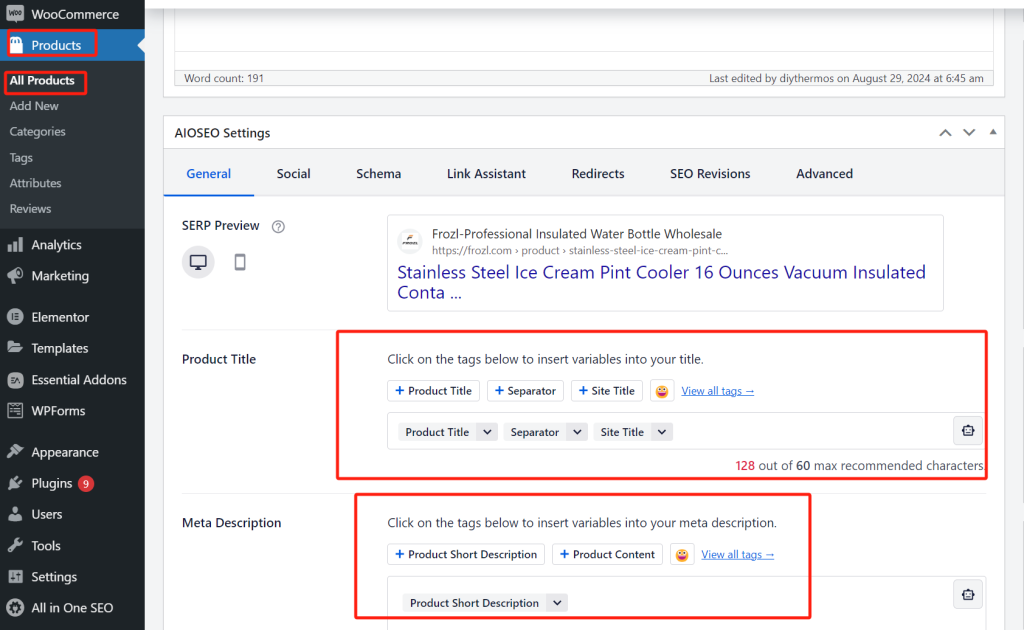
Like blog posts, optimizing your product titles is crucial for WooCommerce SEO. Product titles appear on search engine results pages (SERPs) and should be carefully crafted to include relevant keywords.
With AIOSEO installed, you can customize each product’s SEO title. Make sure your title differs from the regular product title and contains keywords your customers are likely to search for.
For example, instead of “Men’s Leather Wallet,” an SEO-optimized title could be “Durable Brown Bi-Fold Leather Wallet for Men.” This includes more specific long-tail keywords to help you rank better for detailed search queries.
3. Create Compelling Product Descriptions
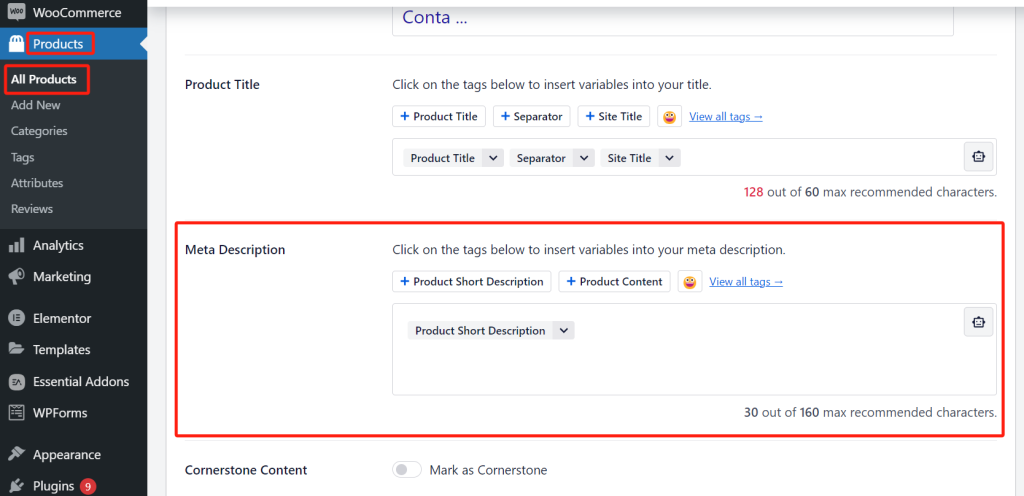
Alongside the title, the product description is another crucial element for SEO. These descriptions appear below the title in search results, serving as a quick sales pitch. Use this space to encourage users to click on your product by writing a concise yet persuasive description.
Ensure your product description incorporates the exact keywords as your title for better ranking. For instance: “Shop our durable bi-fold leather wallet, designed for men who value style and functionality.”
4. Customize Product Slugs
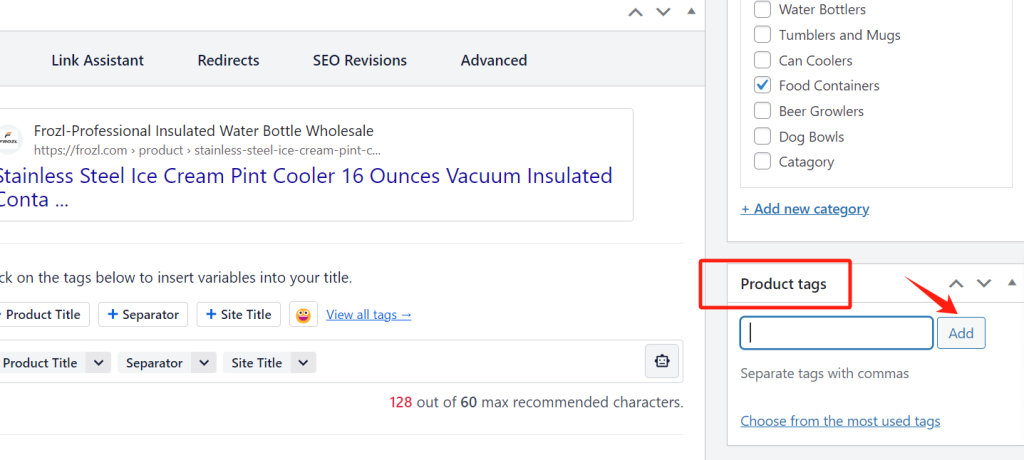
A product’s slug (the part of the URL after your domain) is also essential for SEO. WooCommerce automatically generates slugs based on the product title, but you can improve these by shortening them and incorporating keywords.
For example, instead of a default slug-like “mens-leather-wallet-123,” you could customize it to be “brown-mens-leather-wallet.”
5. Enable Breadcrumbs for Better Navigation
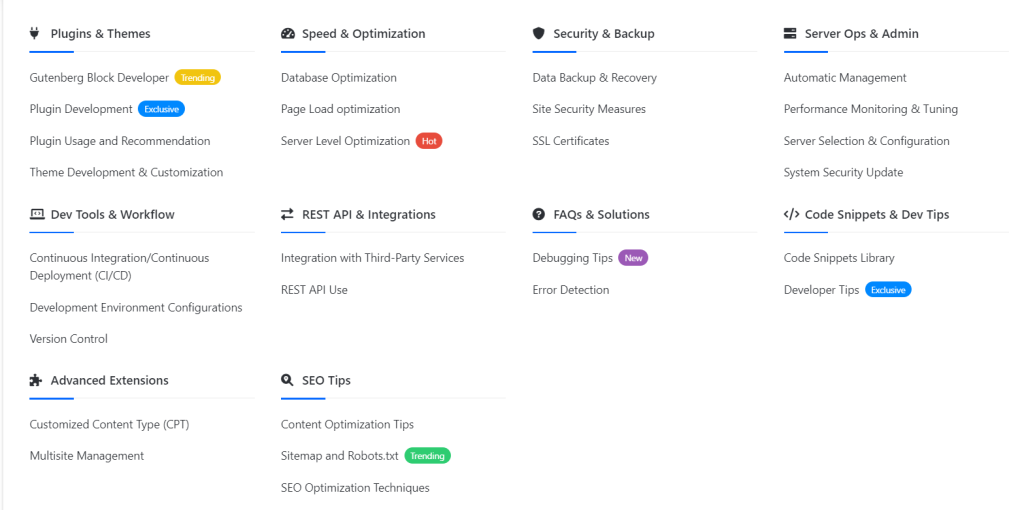
Breadcrumbs improve user experience and internal linking, which are essential for SEO. They show users where they are on your site and help search engines understand your site’s structure.
With AIOSEO, you can easily enable breadcrumbs, which will also appear in Google search results, giving your site an extra boost in rankings. Breadcrumbs guide users through your store while improving your website’s SEO.
6. Organize Products with Categories and Tags

Product categories and tags are critical for organizing your WooCommerce store and helping customers and search engines navigate your offerings. Categories are broad product groups (like “Men’s Clothing”), while tags are more specific keywords (such as “summer wear” or “casual”).
Each category and tag page in WooCommerce has its URL, which can rank in search results, so optimize them with relevant keywords.
7. Optimize Images with Alt Text
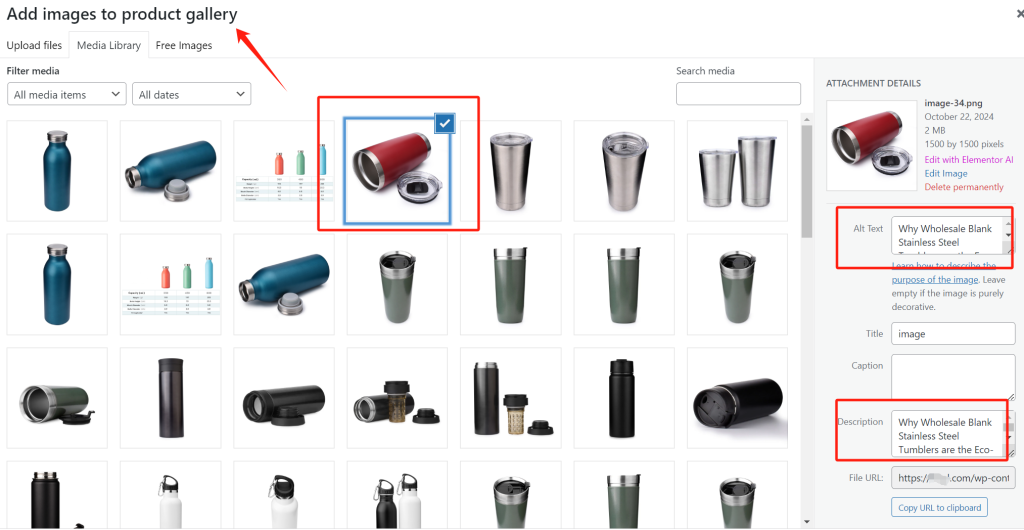
Many shoppers search for products via Google Images, so optimizing your product images with alt text is a must. Alt text allows search engines to understand the content of your photos, improving their ranking in image search results.
When uploading product images, be sure to add descriptive alt text, and if needed, go back and add alt text to your existing images through the Media Library.
8. Optimize Product Categories with SEO Titles and Descriptions
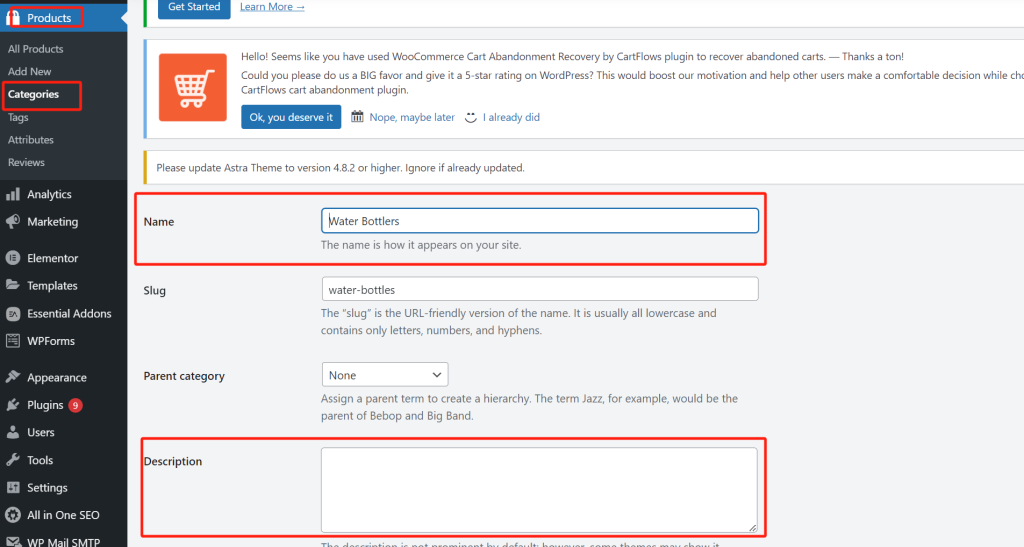
Each product category page groups similar products, which can increase keyword density and SEO potential. You can optimize these pages further by adding custom SEO titles and descriptions using AIOSEO.
Navigate to your WooCommerce categories, edit them, and add keyword-rich titles and descriptions. This simple step can improve your product category pages’ visibility in search results.
9. Track WooCommerce Customers with Google Analytics
Data is crucial for shaping an effective SEO strategy. By tracking user behavior with Google Analytics, you can gain insights into where your customers are coming from, what they search for, and how they interact with your site.
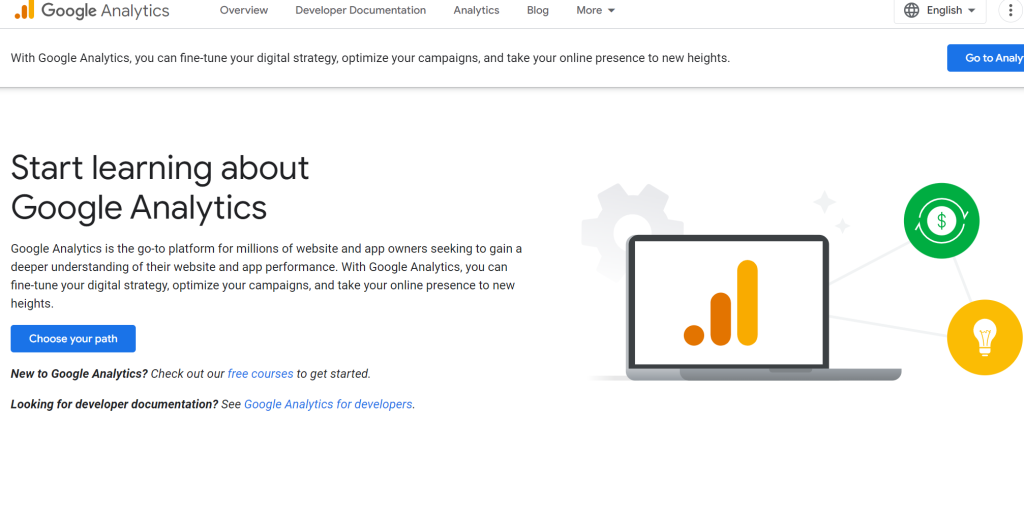
We recommend using the MonsterInsights plugin to enable WooCommerce-specific eCommerce tracking. This plugin makes gathering data on customer behavior easier, helping you make informed decisions about your store’s performance.

10. Optimize Your Website Speed
Google considers website speed a critical ranking factor. A faster site improves SEO and enhances user experience. Studies show that even a one-second delay in page load time can significantly impact conversions.
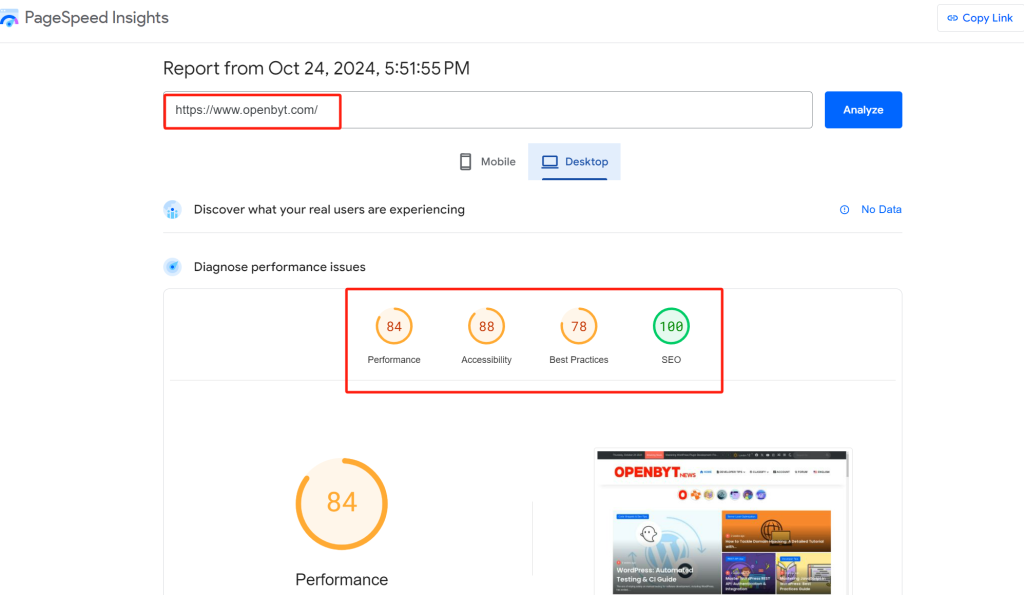
To boost your site’s speed, consider switching to a WooCommerce-optimized hosting provider like Amazon Web Services (AWS) or Alibaba Cloud. Additionally, follow performance optimization best practices outlined in our WordPress speed guide.
11. Improve WooCommerce Store Security

Google prioritizes safe and secure websites in its rankings. An insecure site can not only hurt your SEO but also damage your reputation. Strengthening your WooCommerce store’s security with robust security measures can prevent hackers from targeting your site and protect customer data.
Following this detailed WooCommerce SEO guide can significantly improve your store’s search engine visibility, attract more organic traffic, and drive higher sales. SEO is an ongoing effort, but with the right strategy, you’ll see steady growth in both traffic and revenue.

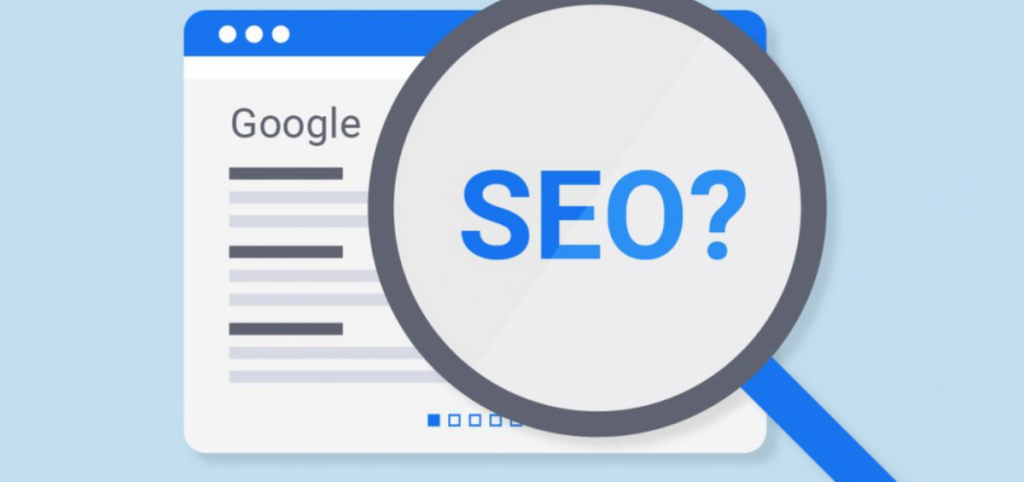

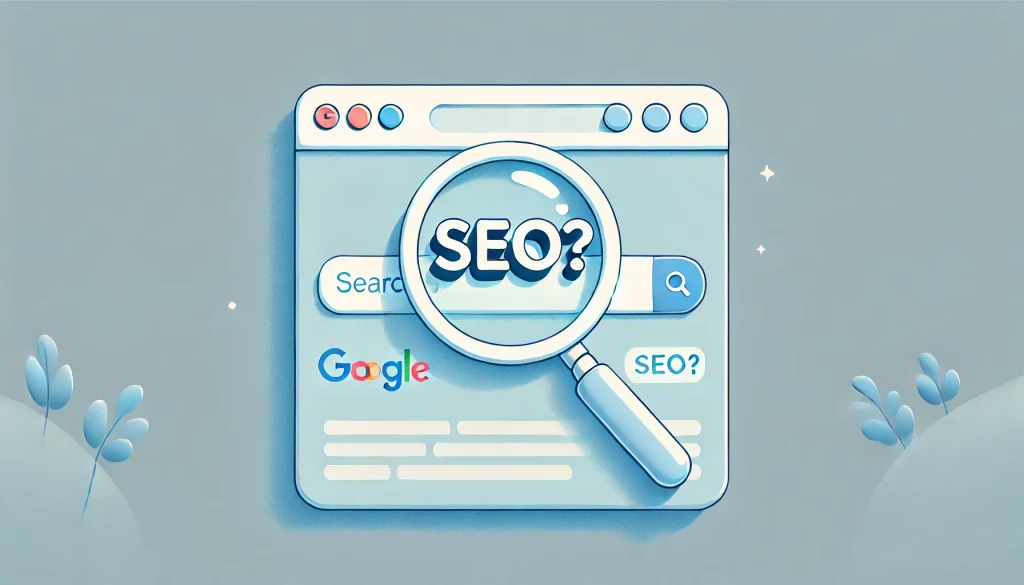
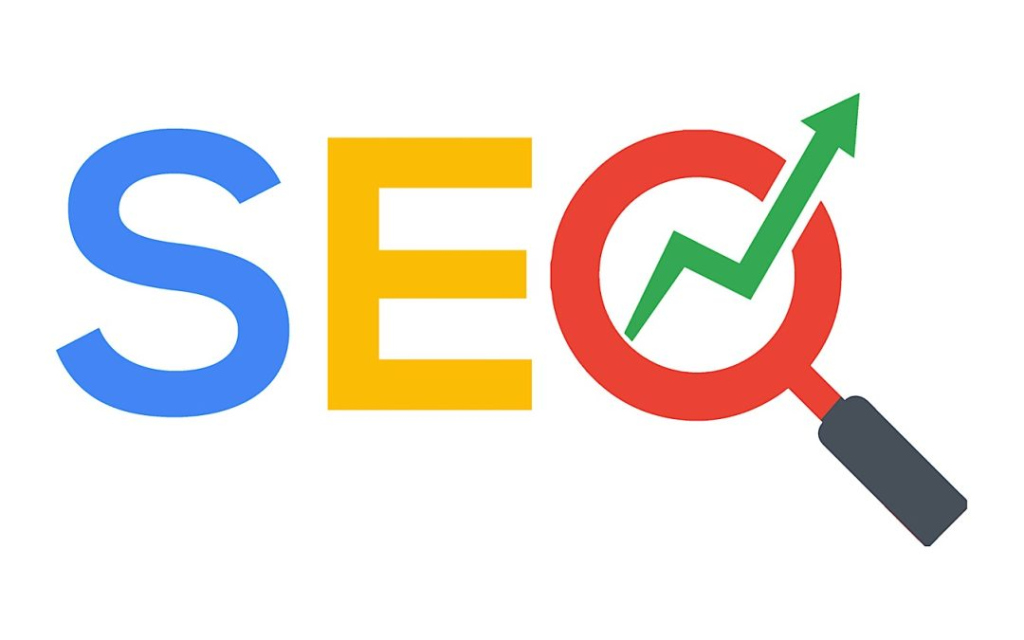


Responses